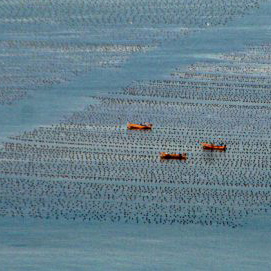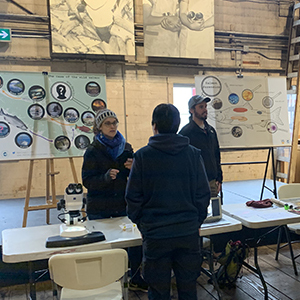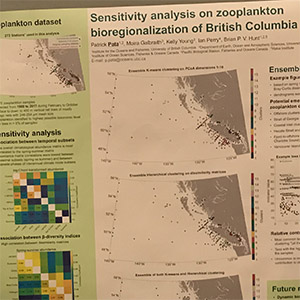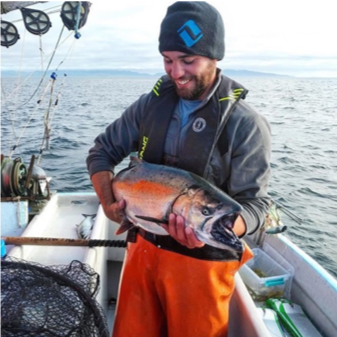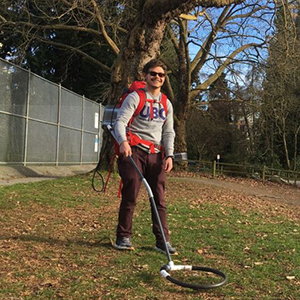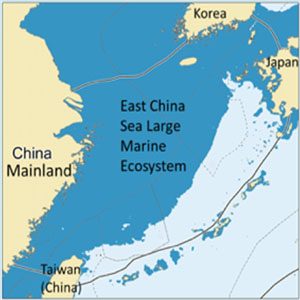Women in Science 2020 – Vanessa Fladmark
The only thing stopping you is you: once you get out of your own way an entire universe of possibilities opens up.
Salmon Science Expo
Pelagic Ecosystems Lab researchers engage with community at Gulf of Georgia Cannery
Ph.D. student Patrick Pata wins at PICES
He won best poster for his poster entitled “Sensitivity analysis on zooplankton bioregionalization of British Columbia.”
Studying the Spring salmon to help protect BC ecosystems
Chinook, also known as Spring salmon, stocks in have been in decline, which has implications for entire BC marine food web
HCI Marine Food Webs – Summer sampling trip to Quadra Island
Hakai Coastal Initiative Marine Food Webs Working Group (FWWG) undertook a 10-day sampling trip which looked at day/night behaviour of bacteria, protists, zooplankton, and parasites in the Strait of Georgia.
Q&A with MSc student Zachary Sherker
Zachary is researching Pacific great blue herons in B.C., which prey on young salmon smolts migrating out of rivers, potentially limiting the salmon available for killer whales in the ocean.
Sarah Harper wins Sumaila-Volvo Graduate Prize
The prize is for a graduate student whose peer-reviewed publications to date are expected to have the most significant impact on the field of environmental sustainability
Status, Trends, and the Future of Fisheries in the East and South China Seas
Fisheries Centre Research Report (FCRR 27-1) is now available
COSMOS Award winner Caroline Graham is putting together the picture of salmon diets across the North Pacific
“Across the Pacific, a lot of data are available on salmon diets but there’s currently no centralized hub for this information,” explained Graham.

